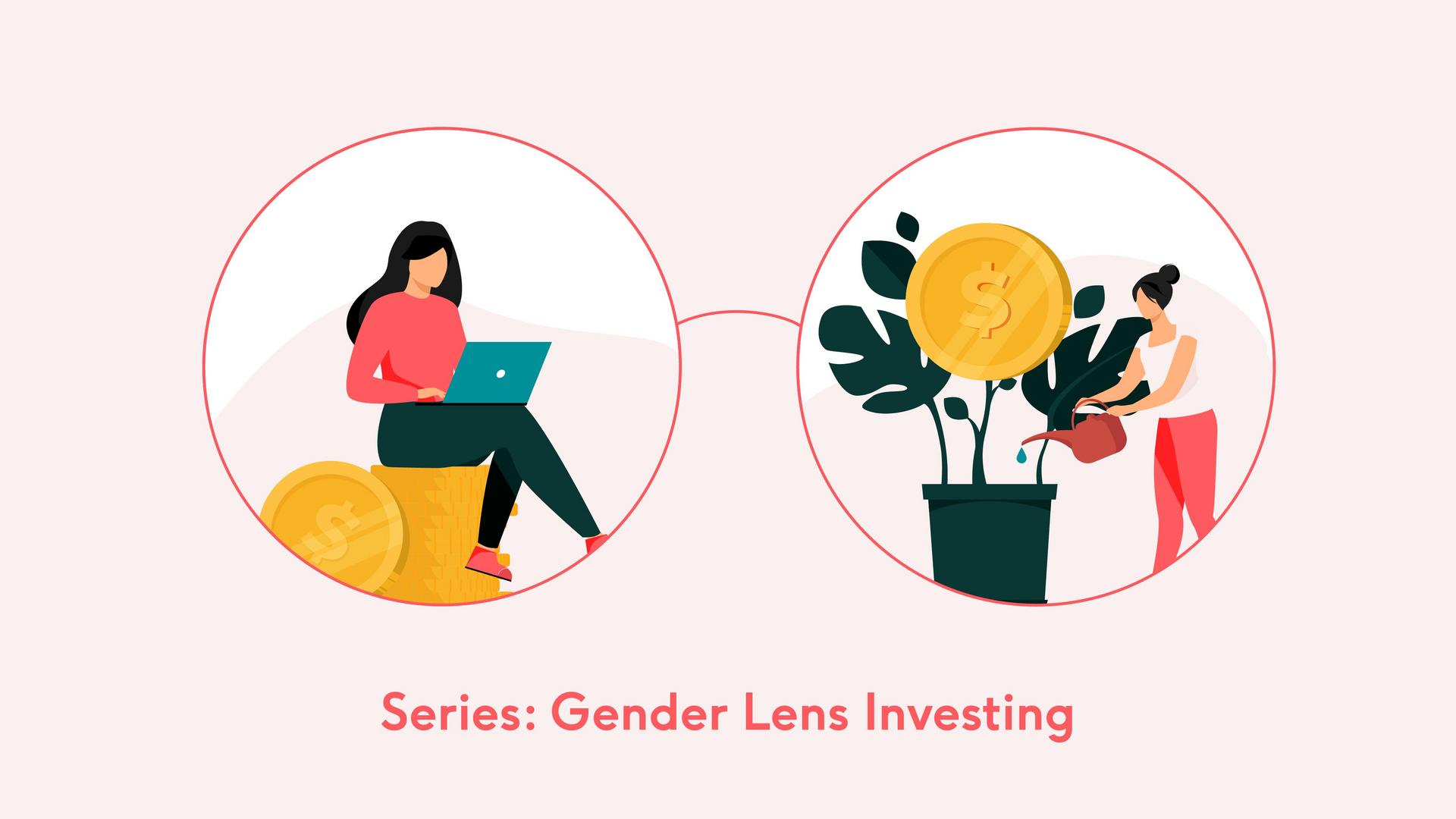
Investing with a Gender Lens: How to?
Guest blog post by Marlous van Oorschot. Marlous is a Lendahand investor and one of the initiators of Flourish, a network of driven female impact investors in the Netherlands.
Previously, I wrote a blog post about gender lens investing, an investing method I apply for my investments. As an investor, I consciously consider the impact my investment has on women. Curious to know how to do so?
What should you pay attention to when putting on your gender glasses to make an investment decision? First and foremost, choosing to invest depends on many things: your financial goal, the amount of money you have available to invest, whether you want to make a social impact, how much risk you are willing to take, in which sector or country you want to invest, etc. But when investing with a gender lens, you can also focus on a couple of other things.
Gender Glasses
My first point of attention when I invest through Lendahand, for example, is to see if the major part of the funding will be accessible or available to women. I focus on this because of the so-called “gender dividend”: when women can increase their income, they reinvest it in their family and community. Not only do the women themselves benefit from it, but they also share their profit with others. That’s killing two birds with one stone!
Besides, women struggle more to have access to finance, so if my investment can contribute to lowering their capital shortage, I’m more than happy to do so. Furthermore, I also check if the organization I consider investing in is founded by, or currently led by, a woman. This is not only because research shows us that companies with a female director tend to do better financially1, and staff is often happier working for organizations led by a woman2. It’s also because I think it is important to support female leadership. For my investments outside of Lendahand, I research if the company I’m interested in investing in has recently hired women on the board. If not, I won’t invest.
Another important aspect is the product and/or services made possible with my investment. Which impact do they have on women? Are they making life easier, or has the product been designed with or for women specifically? For example: by making solar home systems available in countries where access to electricity is a luxury, you make sure women don't lose as much time searching for wood or manure to heat their homes, cook, and have a bit of light3. They can use the time they save thanks to the solar panels for other purposes, such as having a little shop to generate extra income. The projects from portfolio company upOwa in Cameroon are an excellent example of this. On top of that, solar panels are better for the environment, which doubles the impact of your investment!
Critical Eye
One of the things I don’t yet look at enough myself is whether the company I want to invest in has good employee benefits for women or how the whole logistics chain of a company impacts women. Such information is often hard to find and requires such detailed knowledge of a company that it is almost impossible to uncover. Fortunately, independent research firms, such as Equileap conduct research on the gender impact of companies. Equileap is an originally Dutch social enterprise, annually analyzing 3,500 companies worldwide. They evaluate, for instance, the balance between women and men in management, if there is a wage gap between women and men, if a company pays for maternity leave for both men and women, and if it has an active policy against sexual harassment at work. Equileap’s “Gender Equality Global Report and Ranking”4 can be a helpful tool when you’re looking to invest with a gender lens on the stock market.
All things considered, there are quite some aspects you can pay attention to when you want to invest with a gender lens. You can choose to focus on one of these aspects or analyze them all before making an investment decision. There is no right or wrong approach. Try to make a choice based on your financial situation, your norms and values, and the impact you want to make.
Sources:
1 S&P Global, 2019, “When Women Lead, Firms Win”
2 Forbes, 2019, “Why Women-Led Companies Are Better For Employees”
3 United Nations Development Programme, 2016, Gender and Sustainable Energy Policy Brief
4 https://equileap.com/wp-content/uploads/2021/03/Global-Report-2021.pdf
